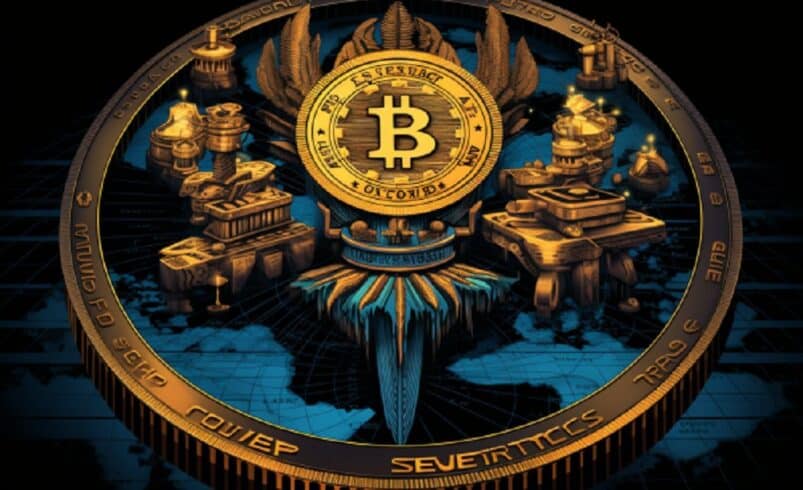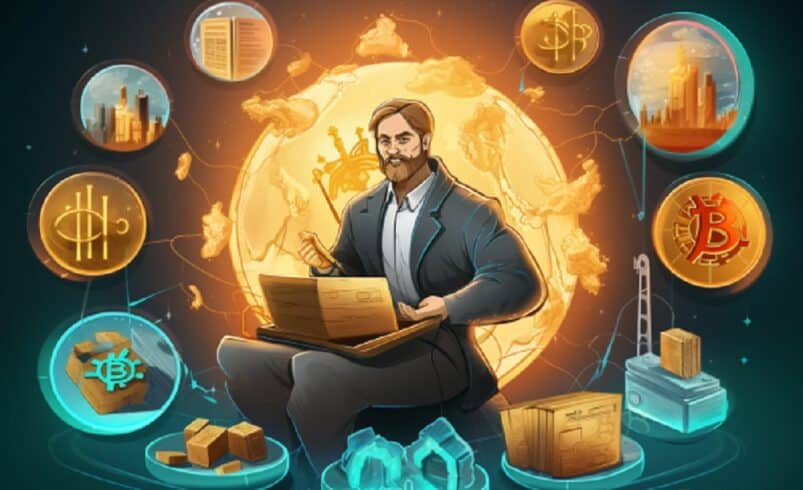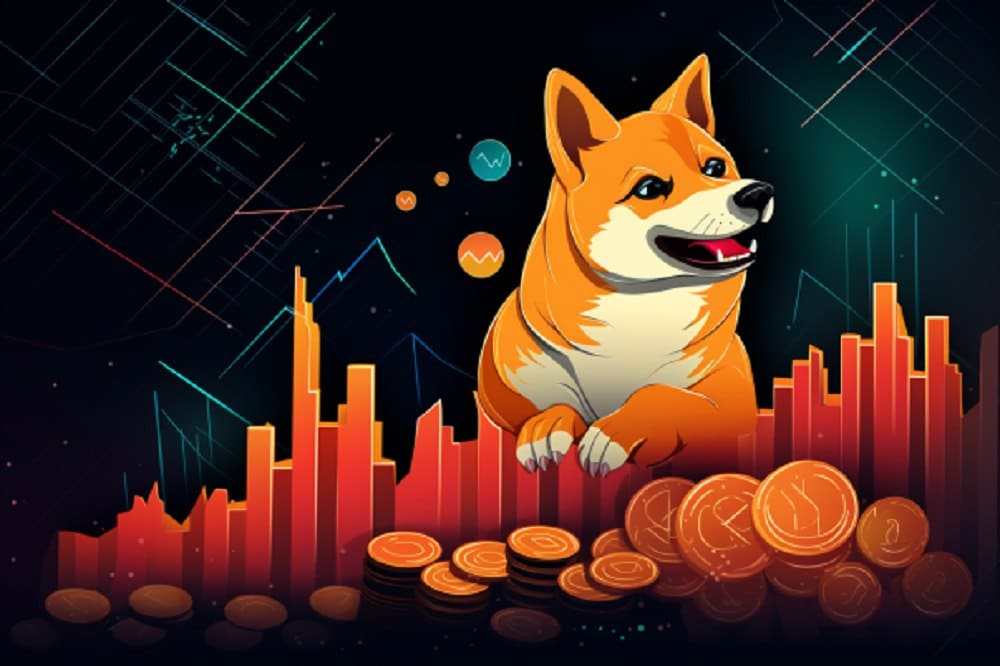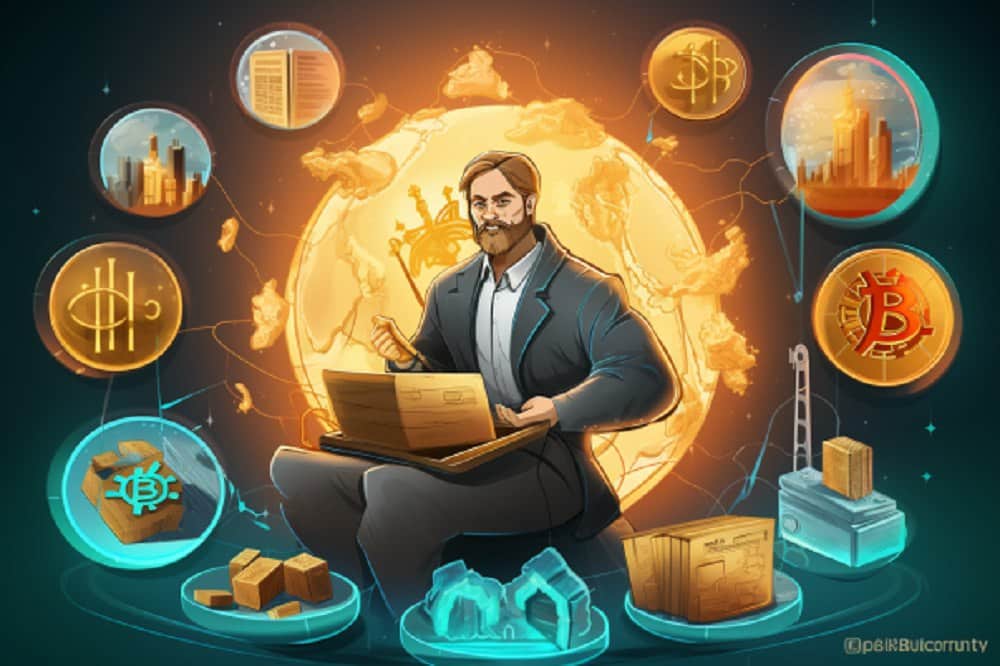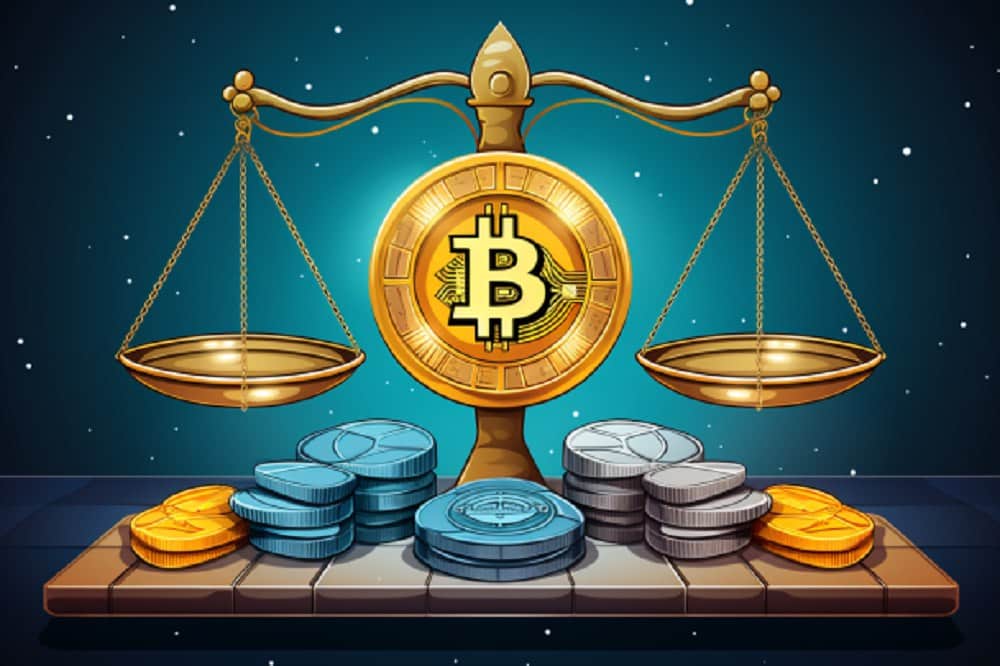A Comprehensive Guide to Non-Fungible Tokens (NFTs) and How They Work
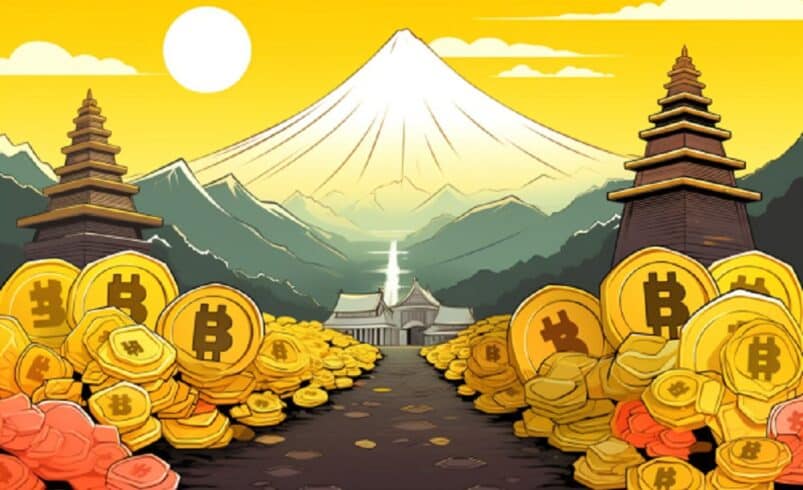
What Are Non-Fungible Tokens (NFTs)?
NFTs, or non-fungible tokens, are distinct digital assets that are validated via blockchain technology. Each NFT is unique and cannot be traded for one another, unlike cryptocurrencies. NFTs, which stand for ownership of digital or physical objects, are used in collectibles, gaming, and the arts. They provide authenticity and transparency in the digital sphere by using smart contracts for creation, ownership, and trade.
What Are The Features And The Workings Of The NFT?
Unique Digital Assets
NFTs are digital or physical property ownership tokens based on cryptography. NFTs are not fungible, in contrast to cryptocurrencies like Bitcoin and Ethereum, which means that each token has unique properties and cannot be traded one-to-one.
2. Blockchain Technology
Typically, NFTs are developed using Ethereum’s ERC-721 or ERC-1155 token standards on blockchain platforms. The blockchain offers a transparent and decentralized system by guaranteeing the ownership, scarcity, and authenticity of digital assets.
How Does NFTs Work?
Creation and Minting
The creator mints an NFT to start the process. The process of minting entails creating a distinct token on the blockchain from a digital or tangible asset.
2. Smart Contracts
The functionality of NFT is based on smart contracts, which are self-executing contracts with coded rules. They control the creation, transfer, and interaction of NFTs. These contracts contain information about ownership, royalties, and other NFT-related metadata.
Key Features of NFTs:
Indivisibility
Unfair Trade tokens (NFTs) are not scalable like cryptocurrency units. Because they are complete tokens, their rarity and distinctiveness are emphasized.
Interoperability
NFTs can be exchanged, purchased, and sold on a number of platforms that are compatible with the same token standards. Because of this interoperability, NFT markets have more liquidity.
3. Metadata and Royalties
Metadata is frequently included in NFTs, offering more details about the digital asset. In order to guarantee that they receive a portion of any future sales, creators can incorporate royalties into the smart contract.
What Are The Use Cases and Applications Of NFTs?
1.Digital Art
Artists are now able to tokenize and sell their digital works thanks to the huge popularity of NFTs in the art community. As a result, artists now have more opportunities to connect with consumers and monetize their creations directly.
2. Video Games
NFTs in video games represent characters, items, and in-game assets. These assets are owned, exchanged, and tradable by players both inside and outside the gaming community.
3. Collectibles
Virtual collectibles, such as virtual pets and trading cards, have grown to be a major use case for NFTs. Limited editions of these collectibles are common, which raises their price.
Obstacles and Prospective Trends For NFTs
1. Environmental Issues
The energy usage of blockchain networks, especially Ethereum, has sparked worries about the environment. Ethereum 2.0 and other solutions try to solve these problems by introducing a consensus mechanism that uses less energy.
2. Market Governance
Regulatory frameworks are still being developed, and the NFT market is still changing. Regulations pertaining to royalties, intellectual property, and consumer protection should become increasingly defined as the market develops.
3.Integration with the Physical World
One possible trend for the future is to investigate how to connect NFTs with tangible assets, thereby establishing a link between the digital and physical realms. Tokenizing real estate, high-end products, or even experiences fall under this category.
What Are The Major NFT Market Places?
Several major NFT platforms have emerged so far. Ethereum, the pioneer, hosts a myriad of NFTs through platforms like OpenSea and Rarible. Binance Smart Chain has gained traction with projects like BakerySwap. Flow blockchain powers NBA Top Shot, showcasing the integration of NFTs into sports.
Solana boasts quick transactions, hosting projects like Degenerate Ape Academy. Tezos, known for environmental friendliness, supports NFTs on platforms like Hic et Nunc. These platforms provide diverse ecosystems for artists, gamers, and collectors to tokenize, trade, and engage with non-fungible tokens across various industries.
DISCLAIMER: It's crucial we tell you that the content on this page is not meant to serve as, nor should it be construed as, advice in legal, tax, investment, financial, or any other professional context. You should only invest an amount that you are prepared to lose, and it's advisable to consult with an independent financial expert if you're uncertain. To obtain more information, we recommend examining the terms of service and exploring the assistance and support resources provided by the issuing or advertising entity. Our platform is dedicated to delivering accurate and unbiased reporting, but it's important to note that market circumstances can change rapidly. Also, be informed that some, though not all, articles on our site may be sponsored or paid content.



